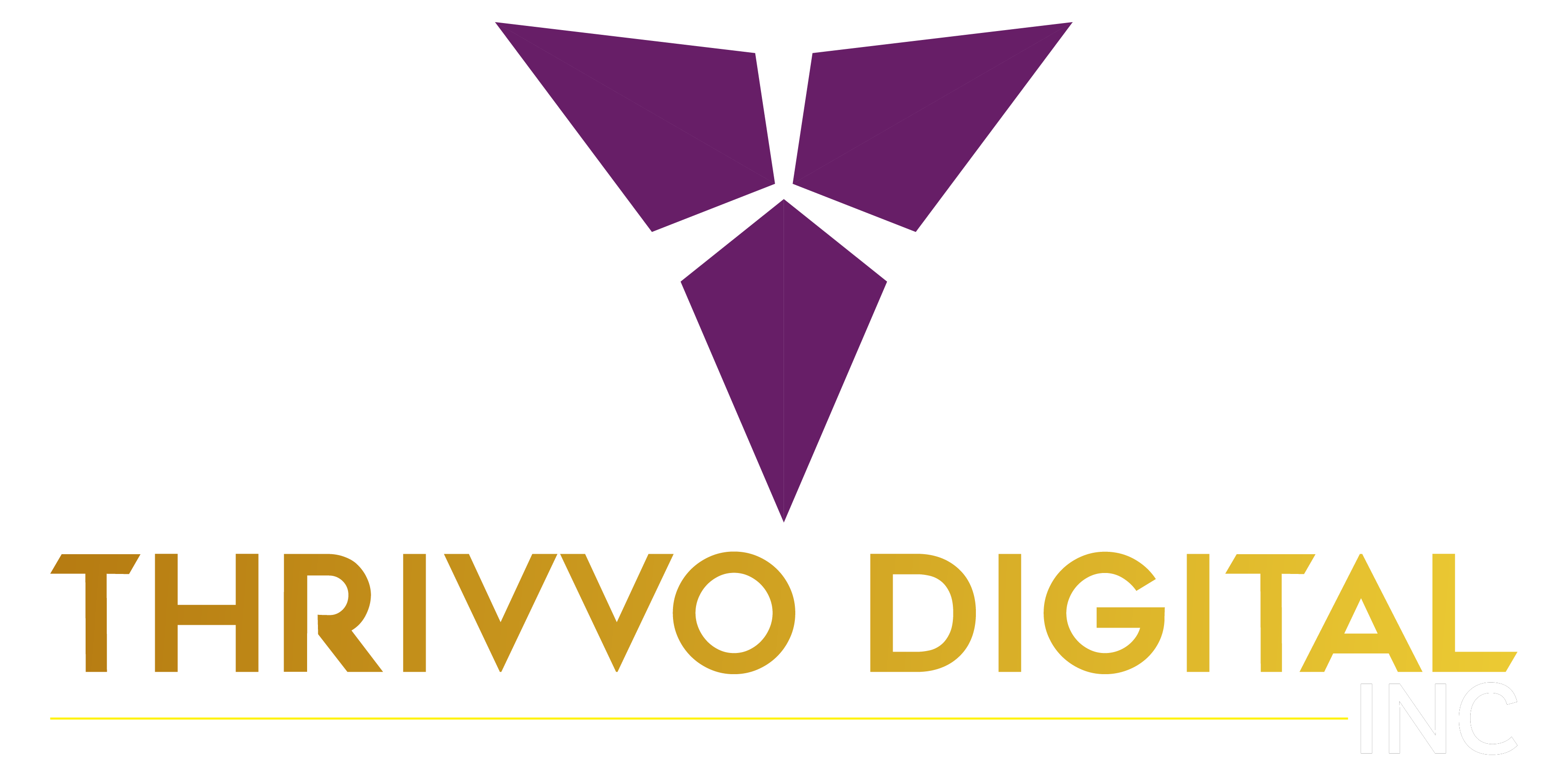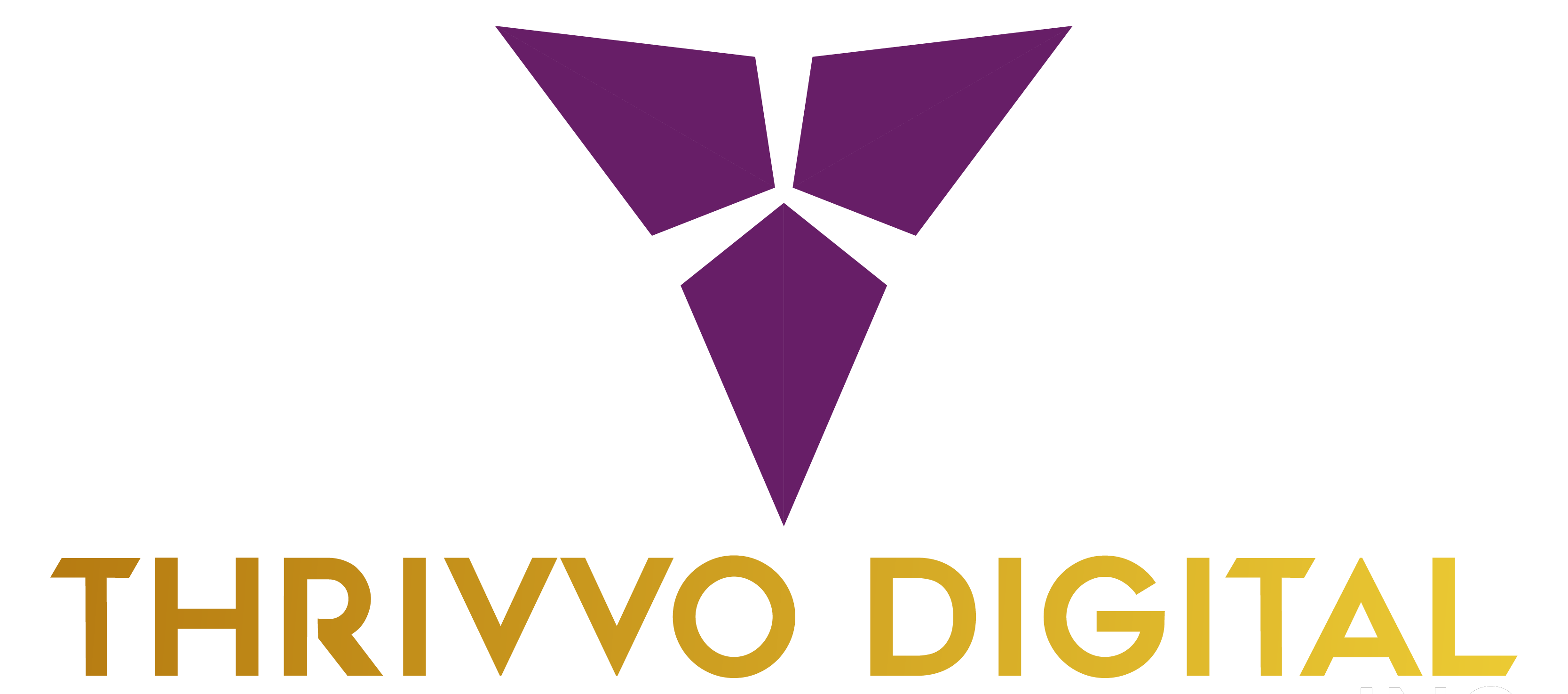
14 Sep Best Social Media Platforms for Small Businesses
Why Use Social Media for Business?
You may wish to utilize social media for business for a variety of reasons. Here are some of the top 5 benefits:
1) Build Brand Awareness: Being active on social media allows you to stand out and keep your name in front of people’s thoughts all day. After a certain amount of exposure, more individuals will be interested in checking out your brand’s material.
2) Connect with Customers: It’s a rookie error to believe that all your company has to do is “close the deal.” Instead, social media allows you to communicate with your customers more efficiently. This lowers your turnover rate and increases the likelihood of future repeat clients.
3) Boost Your SEO: You may increase the number of likes, views, shares, and interactions with your material by marketing it on social media. Then you’ll have more visitors to your site, which will increase pageviews. These things are good for search engines like Google, and they help you boost your SEO.
4) Grow Your Mailing List: You’ll have more chances to convert visitors into leads if people find your website via your social media content. You may utilize this traffic to build your email list and make more money from your email campaigns over time.
5) Drive More Revenue: Each of the benefits mentioned above contributes to one goal: driving consumers through your sales funnel and increasing profits for your company.
With over two billion members, Facebook is the most popular social network on the planet. Consequently, if you have access to the Internet, you can locate almost anybody on Facebook. In addition, because nearly everyone in your client base has a Facebook account, it’s a popular social networking platform for companies.
Because of its broad appeal, Facebook allows you to convert your client base into a community. By establishing a basic Facebook profile, you may offer behind-the-scenes peeks at your business, new service discounts, and more. It just takes a few minutes to set up, and after you’ve uploaded some pictures, you can start soliciting followers from Facebook users.
On Facebook, photos, competitions, queries, videos, and other brief postings do exceptionally well. Text updates may also be used to keep your fans updated, but they will not perform as well as pictures or videos. You may also use Facebook to promote fresh material you’ve produced to drive traffic to your website.
Twitter provides users with a constant stream of new information and material from all around the web. Every month, it attracts millions of active users, and almost every company globally has an account to keep its consumers informed. This business-oriented social network may not have the same broad appeal as Facebook, but it is unquestionably one of the most accessible networks globally.
Twitter, on the other hand, notoriously restricts users to 280-character messages.
That implies you must be concise, engaging, and instructive all in one tweet, which is challenging to do. However, if you do it properly, others will favour or retweet what you’ve written, allowing you to reach a wider audience. Twitter is one of the most acceptable social media channels for increasing company recognition.
Instagram is one of the newest social media platforms, with the bulk of its users being under 25. As a result, it’s ideal for brands or businesses who want to reach out to young, trendy people. Instagram is great for pictures and short videos with a bit of text, and it also connects with your Facebook and Twitter accounts so you can share the same photos across several platforms.
Instagram has a more significant following; therefore, businesses focusing on fashion or digital technology will typically perform better than those focused on agricultural or house construction. That isn’t to suggest you can’t succeed if you’re not a youthful, fashionable business; it simply means you’ll have to be a little more imaginative with your photography.
A social media firm can assist you with this issue and help you make the most of this business-oriented social media platform.
Pinterest is a site where you can share (or “pin”) visual material for others to view. This may range from a scarf to an infographic, implying that almost any business can locate at least a portion of their specialty on this social network. It’s one of the finest social media sites for promoting fresh graphic material, mainly if you update boards regularly.
Use some graphic design magic to dress up some statistics or other intriguing, evergreen material that will continue to get pins and raise company recognition over time. This is particularly useful if your business produces or provides a product or service targeted exclusively towards women – Pinterest’s user base is about 85 percent female.
And even if you don’t, you can still use Pinterest to your advantage. It has hundreds of millions of monthly users, and some of them will be interested in what you have to offer.
No social network can compete with LinkedIn in terms of professionalism. It’s a vibrant community of employees and company owners who share and interact more professionally than other social networking sites. As a result, B2B material tends to perform better than B2C content among its consumers.
In general, this implies that firms that target corporations as customers will be more successful than those that target consumers directly. LinkedIn is full of decision-makers and influencers, and if you can get your brand and message in front of them, you can make another sale.
YouTube
Because so many people use it (it’s the world’s second-largest search engine behind Google), YouTube has become something of a catch-all when it comes to content. YouTube is famous for comedy and music, but that doesn’t mean you can’t utilise it to promote your company.
In reality, it’s the polar opposite.
Product reviews, instructional videos, and other similar types of content do exceptionally well on YouTube, mainly when teaching a segment of your target market. Furthermore, after you’ve created a video, it will begin to appear in Google and YouTube search results, and you may promote it on your other social media profiles. You just cannot beat YouTube when your consumers want to learn.



Sorry, the comment form is closed at this time.